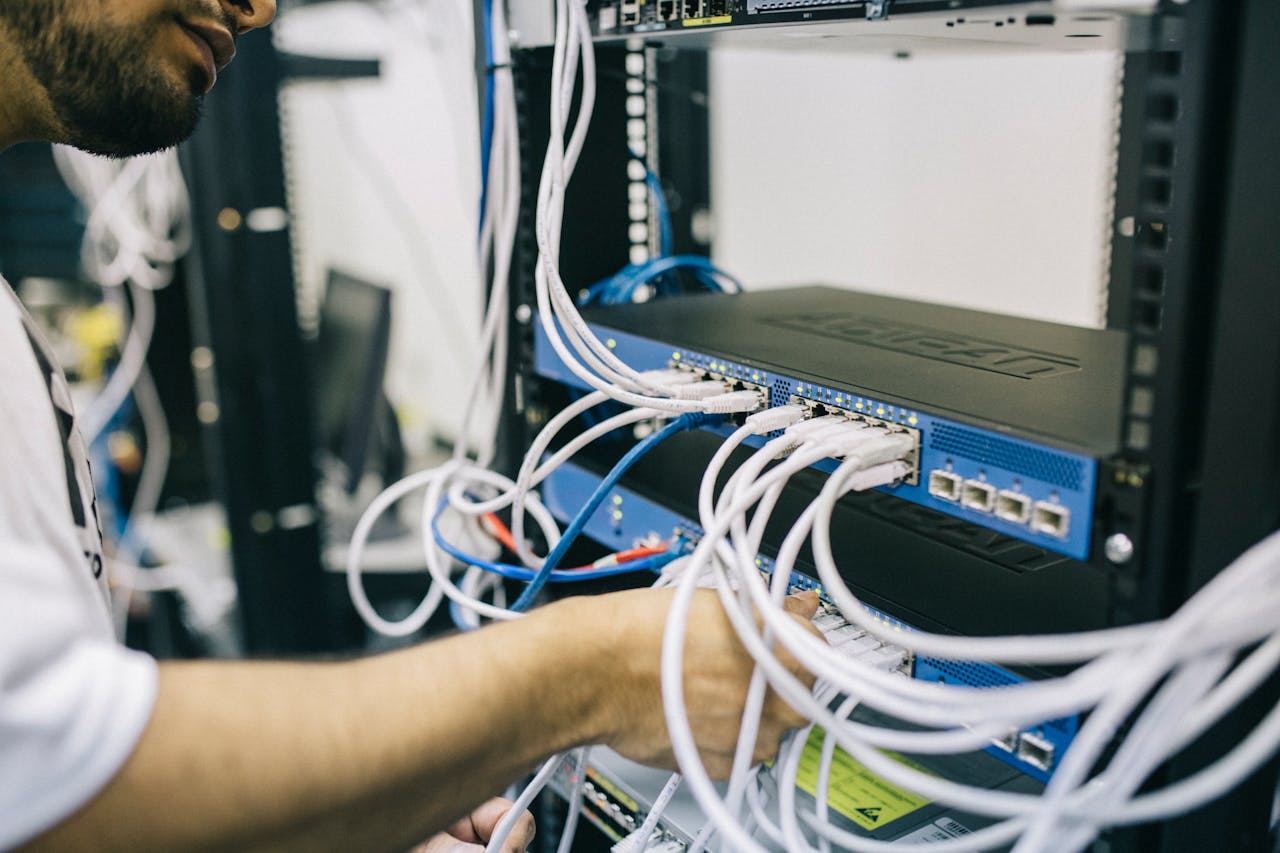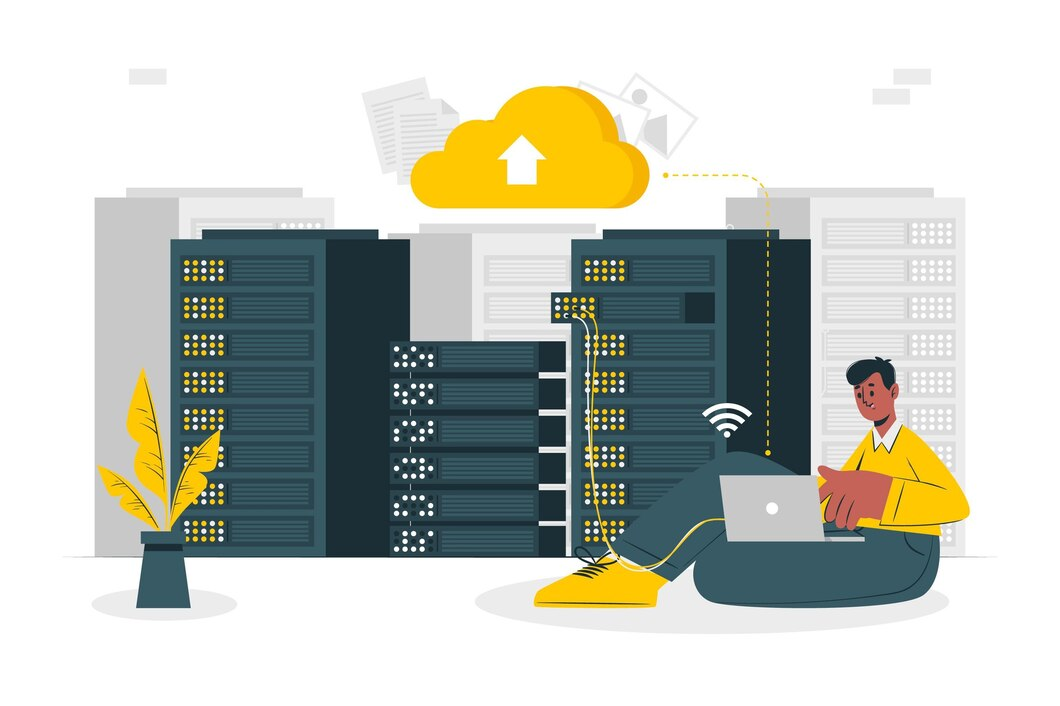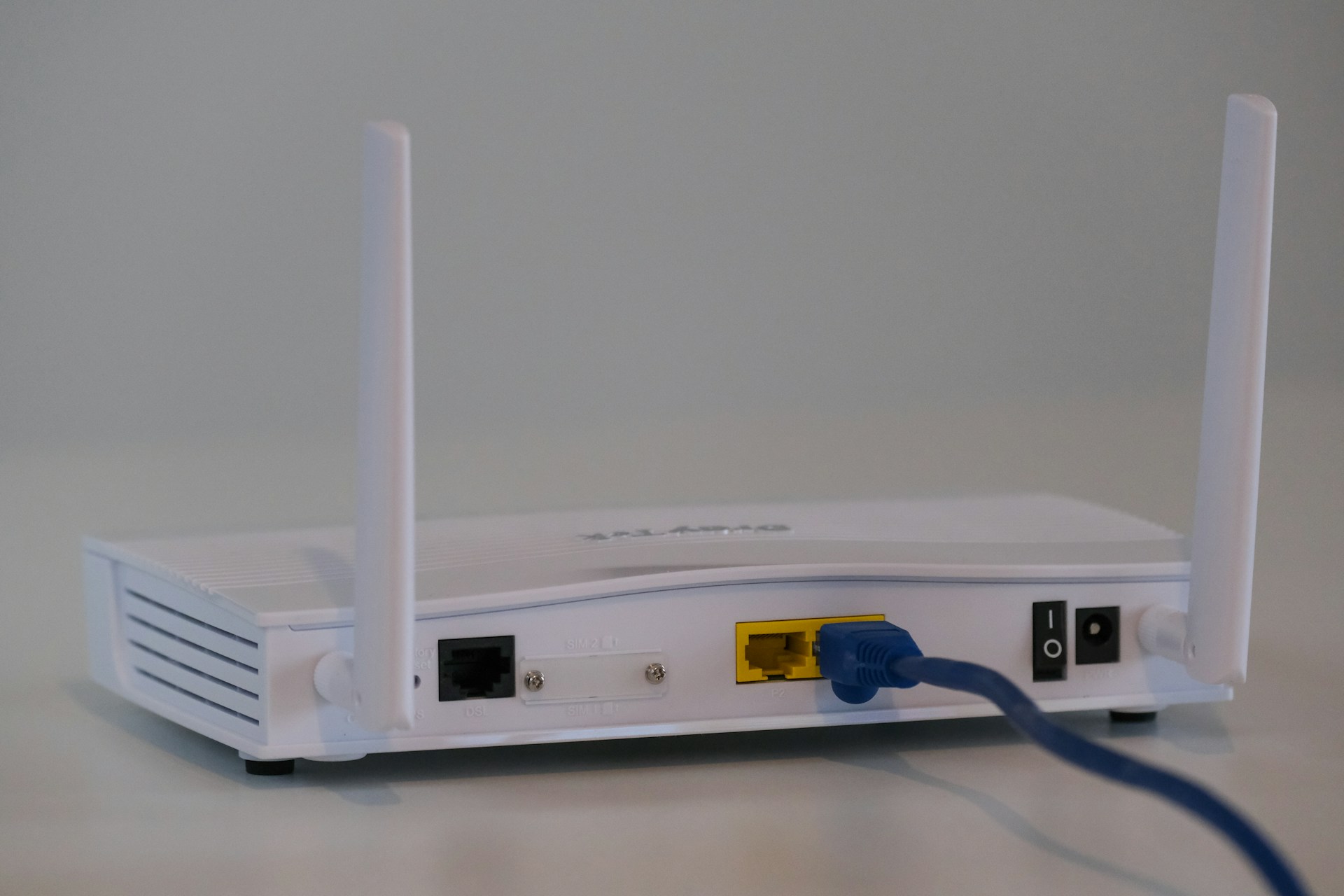What Happens During the Leased Line Installation Process?
-
April 23, 2024
-
7 min read

As more industries expand their operations in multiple sectors to capture wider audiences, the Indian Leased Line Market is expected to grow substantially due to their demands for fast and reliable office internet solutions. Leading providers in the country like Airtel offer strong leased line support for many years.
Since leased lines are dedicated fibre optic connections, they provide businesses with seamless connectivity, speed, security, and a unique bandwidth customized towards a company’s requirements. With bandwidth ranging from 10 Mbps to 10 Gbps, they are critical in optimizing VOIP performance in cloud services and communication points. Therefore, to ensure a business’s continuous improvement and optimization, it is essential to understand the leased line installation process clearly for a seamless transition that drives future success.
Evaluate current and projected data usage to determine the required bandwidth
Before any leased line installation into their operations, businesses must do an evaluation of their existing data usage that directly influences their operational efficiency and performance. This step ensures businesses invest in the appropriate bandwidth subscription, avoiding poor performance and additional costs. Additionally, it allows them to allocate their resources effectively and offers them critical insights to customize their requirements for future data growth.
Given below are the appropriate steps that must be taken for a proper evaluation:
- Analyse existing data
Conduct a detailed analysis of the company’s overall data consumption and the patterns of usage. This will include both outgoing and incoming data activities of all existing services or applications.
- Measure averages
Record the average use of data during transmissions. This may include activities like emails, file transfers, web browsing, virtual meetings, or other sensitive data transfers. The average measures can be recorded regularly, weekly, or every month.
- Identify peak usage
Identify the peak hours of operations when data consumption remains the highest. Understand the activities that consume a considerable amount of data and prioritize critical tasks. This will help in ensuring the correct resource accommodation without any loss of performance.
- Determine future requirements
Businesses must recognize their various applications and services that operate on different bandwidths and determine conservative measures. This will ensure critical operations are not compromised during failovers and will be supported by appropriate backups of leased lines.
Choosing the Right Service Provider
Although businesses can come from similar industries, each business brings a unique set of requirements that can significantly grow their future efficiency. To ensure each of these unique conditions is fulfilled, it is important to choose a provider that offers the ability to customize their best internet solutions to fit the business’s perspectives.
Key factors to consider while choosing a service provider include:
- Availability: Choose providers offering reliable leased line services in the business’s location. Ensure that they offer possibilities of wide area coverage that guarantees stable connections, at all times.
- SLAs: Prioritize providers that offer a detailed SLA that outlines guaranteed services of uptime rates and response times. This will allow businesses to avoid unstable bandwidth and extended disruption during operational hours.
- Flexibility: Choose providers presenting an impressive track record of providing scalable solutions according to business demands. This will allow companies the flexibility to customize their needs with the evolving market.
- Support and Maintenance: Opt for providers with prompt customer support and regular maintenance services. This ensures quality support in times of disruptions and allows businesses to respond quickly to customer problems.
- Cost: Choose providers that fall within the business’s price limit. Make sure to understand any additional leased line installation costs and remain transparent with requirements.
Preparing Infrastructure for supporting ILL connection
Once the company selects a service provider based on its needs, it must assess its existing infrastructure and ensure that it can support the new Internet Leased Line (ILL) connection. If the business rents the premises, they may consult the landlord and clear any issues for a successful installation process.
Outlined below are the key aspects of ILL considerations:
- Site survey: Before any installation process, an engineer must survey the site for ILL installation. This is an essential step to determine the most cost-effective way of connecting the lines from the network. All this planning beforehand ensures minimal disruption during the installation process.
- Internal Wiring: Businesses must ensure that existing internal wires meet industry standards and can accommodate the new Internet leased line connection seamlessly. If required, additional cables and wires must be installed to ensure a smooth point-to-network connection.
- Supply and Backup: There must be a reliable power supply near the site to avoid any unforeseen downtime or power disruption. Businesses can implement backup power solutions to ensure continuous power supply.
- Cooling and Ventilation: Due to the number of cables and wires involved, businesses must take appropriate measures to avoid any overheating of equipment in closed spaces. Proper installation of cooling systems and ventilations is recommended.
Application and Documentation
Although the physical aspects surrounding the leased line installation process are essential, another important step that businesses must not avoid is the application and documentation process. While the application process involves the official establishment of ILL service with the service providers, documentation involves the process of collecting critical insights and agreement statements from all parties involved in the installation.
The application process includes important business details, geographical requirements, bandwidth range, and the preferred services from service providers. This information allows both parties to conduct site surveys, strategize, and schedule the installation date.
On the other hand, the documentation process involves signed agreements of services in SLAs, addresses terms and conditions, responsibilities, ILL paths, and other relevant equipment details. This allows businesses to possess legal proof that may help in unforeseen compliance procedures, technical emergencies, and security outbreaks. It helps businesses preserve their sensitive information and privacy.
Scheduling installation: Coordinate with the provider
Service providers offer an expert team of professionals who can easily collaborate with the company’s network team to install the new ILL service into their systems. Proper coordination and communication play a critical part in this process due to the sensitive nature of the installation approach. Any miscommunication can result in major network failures, leading to additional leased line installation costs and operational disruptions.
Key steps involve:
- Proper analysis of the site of installation.
- Evaluation of the business infrastructure.
- Strategizing proper cable routes.
- Scheduling an installation date based on business hours, team availability, etc.
- Preventive measures for unwanted delays.
- Providing ample communication points for continuous collaboration.
Activation and Support
The final stage of a leased line installation includes the activation and support processes, influencing the overall success of the network transformation. Businesses need to ensure that all the required network configurations are completed for the activation of the leased line. It is also recommended that teams conduct regular testing to ensure connections are stable and provide the required bandwidth, latency, and speed.
Continuous support includes 24/7 availability, usage tracking, and security protocols that ensure businesses do not face any unwanted network disruption or data breach during operational hours.
Conclusion
In conclusion, the internet leased line connection can seamlessly fulfil the increasing demands of high-speed internet for potential business growth. Unlike other connectivity solutions, it offers multiple benefits to businesses, including improved work efficiency, enhanced customer interactions, improved security, and wider coverage.
Understanding the leased line installation allows businesses to identify their scalability issues and optimize their operations accordingly, resulting in increased revenue and business growth.
Businesses looking to transition from traditional connections to modern leased line solutions can visit Airtel Business and consult their expert teams.
 Share
Share









